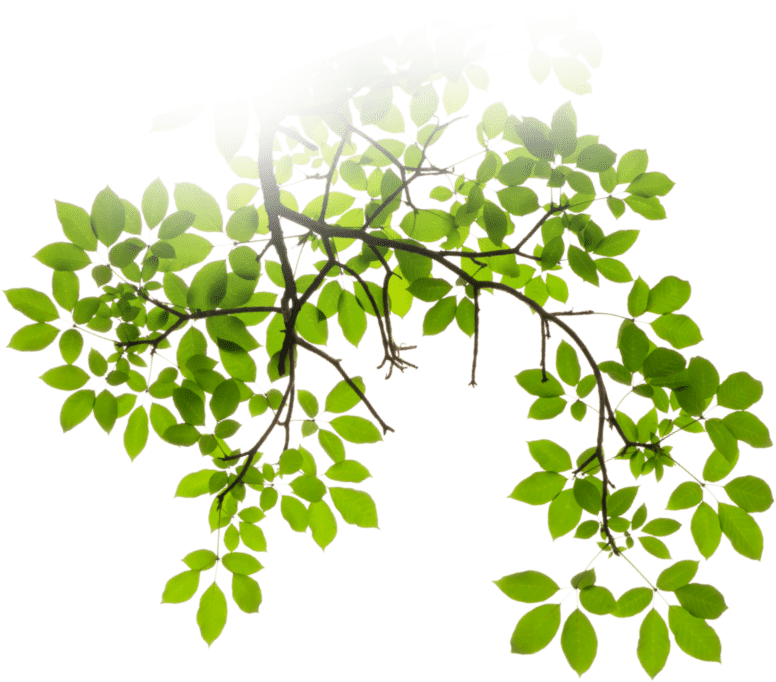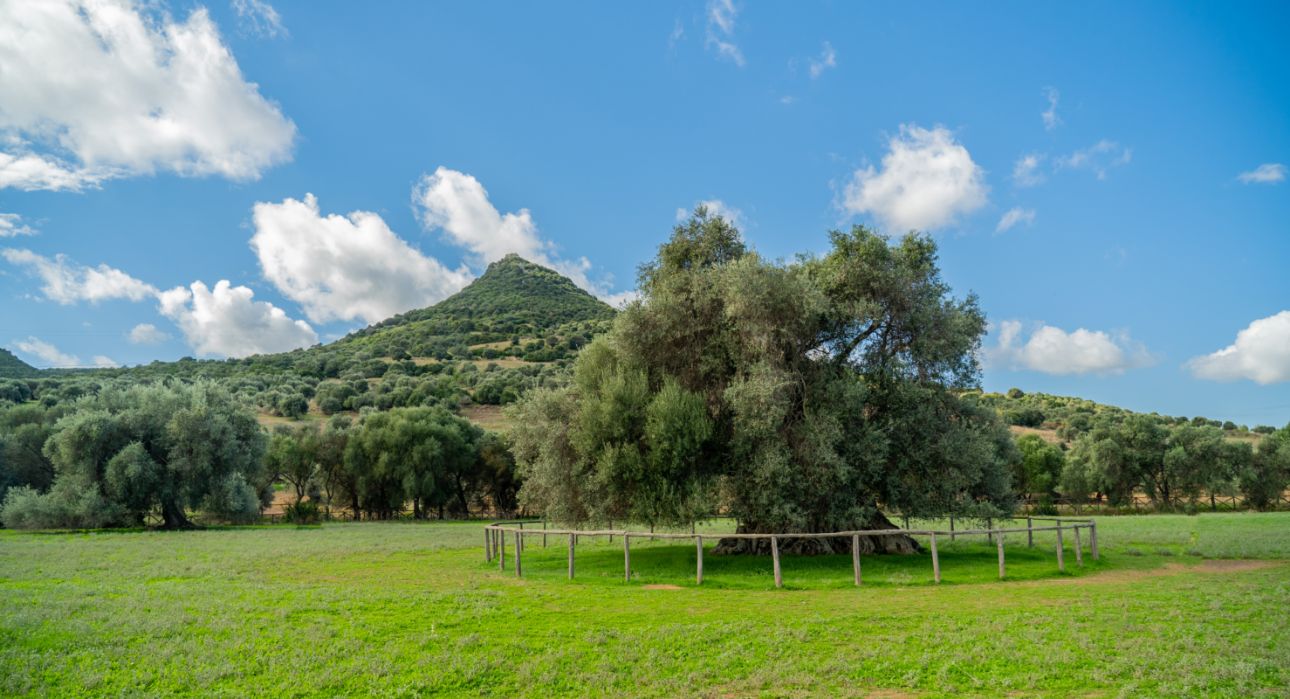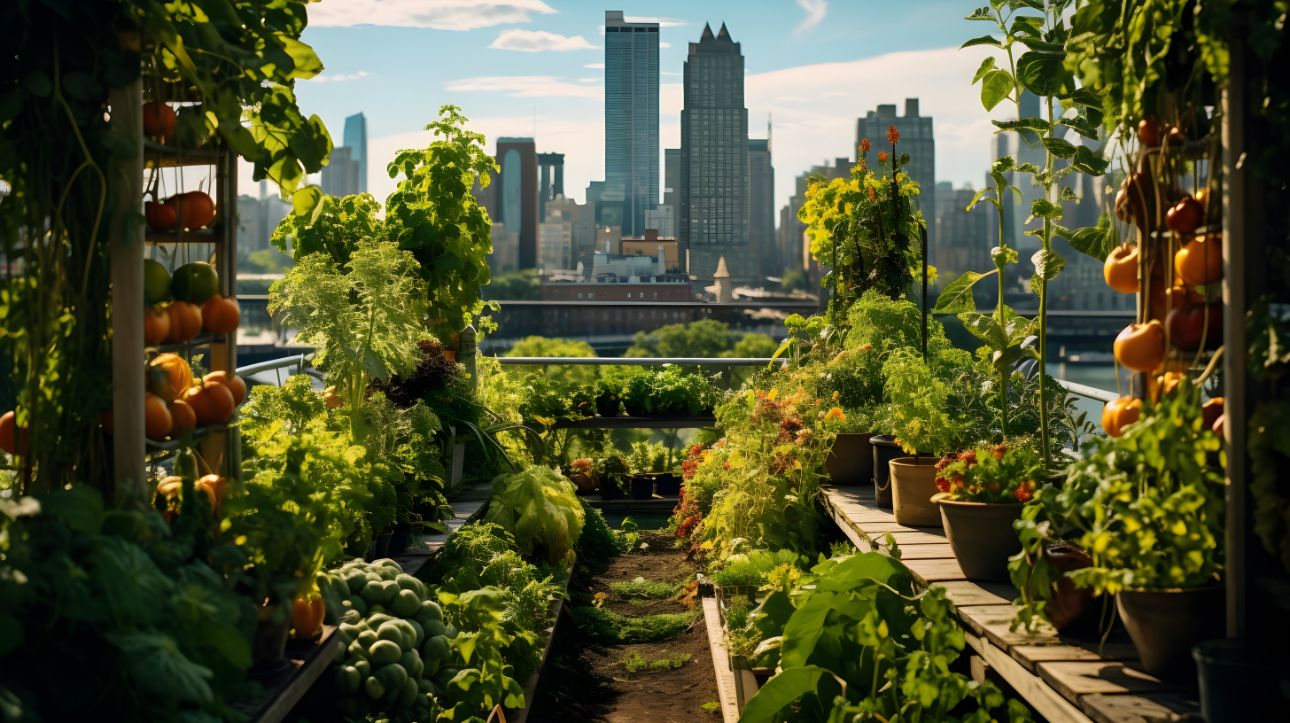Versatile and recyclable, cork proves to be an ecological hero: from insulation to fashion icon, it transforms spaces and styles in a natural way.


In a historical period characterised by precipitous climate instability, the prestigious professor's studies on plants have ramifications that offer a significant contribution to the vision of a new version of our cities.
All of this is part of a journey of awareness of our intrinsic dependency on plants and the importance of progressively, harmoniously including them in our lives, as soon as possible.
The unpredictability of new climate phenomena makes us vulnerable, victims of a city ecosystem that has become obsolete and unsustainable.
If life is change, let's get ready, because we are facing a great opportunity: cleaning up our city habitats and returning to a life immersed in nature, looking to the future, preserving all the benefits of the human connections created by living close together, but restructuring some of the actions and everyday choices of citizens themselves, so that in the medium and long term, they can imperceptibly but inexorably modify the structure of our urban territory.


Cities, like living beings, undergo evolution, and they in turn exert a powerful force on the evolution of the species that live in them.
Today, 9 million people die every year around the world due to pollution. In particular, air pollution is responsible for the highest number of deaths, at around 6.7 million people.
How many of us consider these risks of living in a city, in the face of other advantages?
As well as urban pollution, there are also the persistent heatwaves, and other dangerous events for human life.
Professor Mancuso branches out in his studies to deliver the wisdom of plants to our species: they offer a model to inspire us, resistant and long-lived, despite staying still; they show us how to endure through the millennia.
"Sa reina", the queen, an ancient Sardinian olive tree, lives to whisper her teachings: become a plant and grow in a modular way; don't centralise or specialise your parts hierarchically, but instead make knowledge and organisation widespread - spread and distribute, instead of specialising.
Diffusion against concentration.

If we reduce biodiversity anywhere - in the soil, in economics, and even in different parts of a city - the risk of instability increases.
It therefore becomes vital to preserve the multifunctional aspects of urban areas and their management. Plant-like cities, built based on a decentralised, spread-out organisation of services.
Global warming, which we have all felt in recent decades, has transformed the climate and the environment we live in, modifying our dietary habits, lifestyles and crops. Planting trees, and covering the majority of the area of cities with plants, remains the most effective way to renew our urban habitats, bringing them back to life and making them healthier.


We have the tools to create the cities of the future, thanks to evolutionary urban planning that sees a city as a living organism.
It starts with the current climate crisis, and the related health crisis, the diseases caused by pollution and deaths caused by heatwaves, and leads to a new ecosystem of birth and prosperity, giving our cities a new, circular metabolism.
We are grateful to plants for their evolutionary model for organising life on the planet, which we can follow in order to overcome humanity's current social and economic challenges.
The quality of our existence, and probably our survival, depends on how quickly we start to work on this important systemic revolution.
It is not only our brother the sun and our sister the moon, but also our great-grandmother Reina who has the keys to our future quality of life and survival.

Versatile and recyclable, cork proves to be an ecological hero: from insulation to fashion icon, it transforms spaces and styles in a natural way.
An introspective journey through Isacco Emiliani's lens: from the quiet of the arctic to the nocturnal silence of Romagna's ancient trees.
